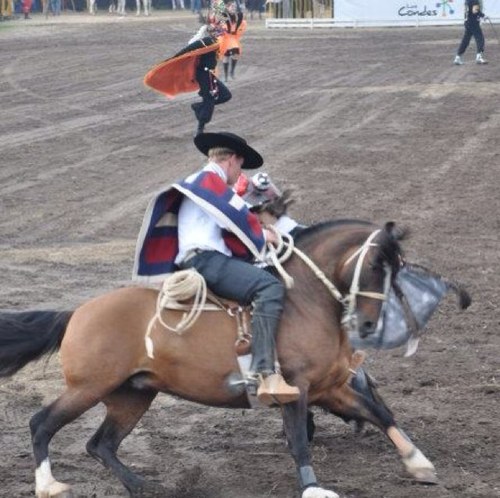
Harappa.com
@Ancient_Indus
Followers
8,137
Following
107
Media
474
Statuses
1,978
The leading ancient Indus civilization (3500-1700 BCE) website since 1995.
San Francisco
Joined June 2009
Don't wanna be here?
Send us removal request.
Explore trending content on Musk Viewer
#NevaPlay
• 426188 Tweets
#MEGANxRM
• 325925 Tweets
SAROCHA X MODERN GURU
• 287055 Tweets
Ravens
• 251603 Tweets
NAMJOON
• 219310 Tweets
Linkin Park
• 114598 Tweets
Lamar
• 111659 Tweets
Dybala
• 106725 Tweets
The Final Avatar
• 95583 Tweets
Mahomes
• 84931 Tweets
Flowers
• 76577 Tweets
Julian
• 68896 Tweets
Chester
• 59534 Tweets
Kelce
• 51526 Tweets
Xavier Worthy
• 46993 Tweets
#TZUYU_SOLO_RUNAWAYDAY
• 36697 Tweets
#TZUYU_SOLO_RUNAWAYDAY
• 36697 Tweets
KAOPP Short Story
• 35564 Tweets
Pacheco
• 33360 Tweets
サブスク解禁
• 28343 Tweets
FANZA
• 27711 Tweets
Derrick Henry
• 26879 Tweets
Mark Andrews
• 22856 Tweets
Isaiah Likely
• 15565 Tweets
進次郎氏
• 14821 Tweets
Chelsie
• 14701 Tweets
モモンガ
• 14312 Tweets
ちいかわ寿司
• 14283 Tweets
夫婦別姓
• 14246 Tweets
Hayırlı Cumalar
• 13428 Tweets
アストロボット
• 13312 Tweets
ハチワレ
• 11308 Tweets
Last Seen Profiles
A visualization of the so-called Priest-King figure found at Mohenjo-daro using possible colors and elements from the archaeological record applied to a replica (courtesy J.M. Kenoyer).
#Indus_Civilisation
7
35
163
A bolt from the past: The Indian State Railways brochure for Mohenjo-daro from the 1930s. Promoting tourism and archaeology, the complete images and text at
#Indus_Civilisation
#Mohenjo
-daro
#Sindh
0
30
154
The first large ancient Indus pot excavated in 1921 by Daya Ram Sahni, Mound F, Harappa, before we even knew about the civilization. Inside was a "chess piece." See all the images from those historic first excavations at
#Indus_Civilisation
#pottery
0
33
128
Copper in the Harappan Age. "The Harappans are referred to as a Bronze Age culture, and they used copper and bronze to manufacture axes, adzes, knives, fish hooks, chisels, pots and pans and jewelry . .." (Vasant Shinde). More at
#IndusCivilization
2
22
102
In Mohenjo-daro, every block of building had one or more wells similar to this one in DK-G Area. When archaeologists excavated the earth around the well, these private wells remained standing like tall chimneys.
#indus_civilization
#mohenjodaro
#wells
3
19
108
Four Indus Re-Imaginings in Color 1. The Indus settlement at Surkotada 2. Mound E at Harappa. 3. Harappa Granary 4. Lothal. More and details at
#Indus_Civilisation
2
24
103
NEW:
#1
Introduction to Discovery at Harappa – a brand new section to celebrate the 100th anniversary of excavations at Harappa. We will be rolling out over 1,000 pages chronicling the first excavations at the site, 1921-1940. More at
#HarappaDiscovery
0
33
90
The amazing story of a late Indus bead pot, discovered at Harappa in the late 1990s. Careful excavations of the pot required several weeks and yielded a carefully curated treasure
133 Beads were found:
#Indus_Civilization
1
20
84
This majestic seated male sculpture or "Priest King" from Mohenjo-daro sports a fillet or ribbon headband with circular inlay ornament on the forehead and similar but smaller ornament on the right upper arm:
#IndusCivilization
1
14
76
Dr. Rajesh Rao, shown here with the imprint of the Dholavira signboard, gives a fine overview of ancient Indus script research in a recent 25 minute VOX Media podcast Cracking the Indus Code
#Indus_Civilisation
4
16
67
It is unknown if elephants were domesticated in Indus times. One of the few elephant heads from Harappa has stylized ears & red & white stripes across its face. It may mirror decorating domesticated elephants for ceremonies still common in South Asia
#Indus_Civilisation
#elephant
3
15
62
Guabba, the Meluhhan Village in Mesopotamia by PS Vermaak brings together all that we know about a (likely) Indus village embedded in another civilization around 2050 BCE. More evidence for the many links between ancient peoples:
#Indus
-civilisation
2
8
58
Nikhil Gulati in conversation about his stunning graphic novel The People of the Indus (Penguin India, 2022). He discusses long, complex evolution of this bestseller with Omar Khan at
#Indus_Civilization
1
11
60
#92
. What do we know of Ancient Indus government? Two Indus archaeologists, Drs. Gwen Robbins Schug and Massimo Vidale state their opinions as part of our Ancient Indus Q n A series:
#Indus_Civilisation
1
17
55























































































































































































